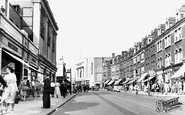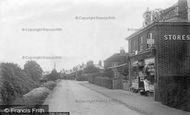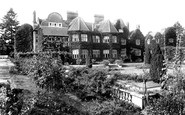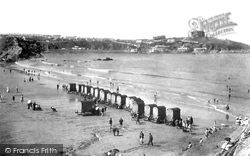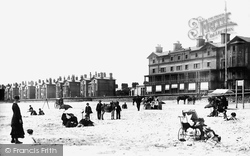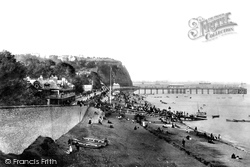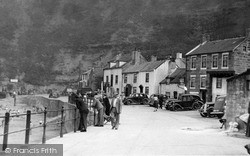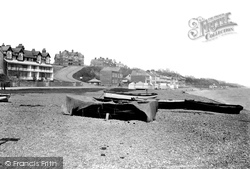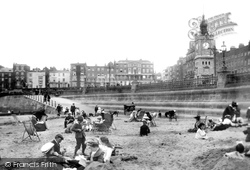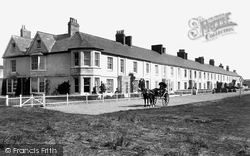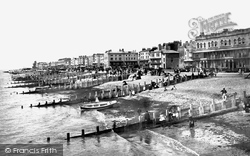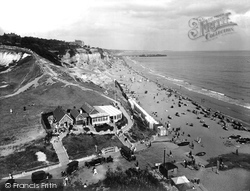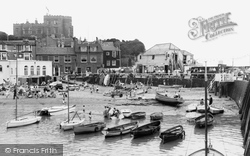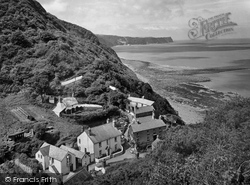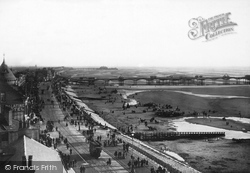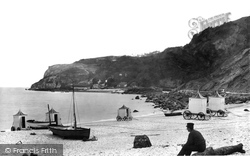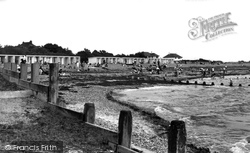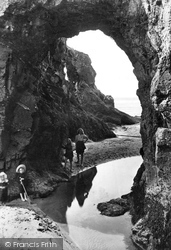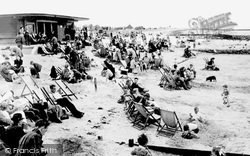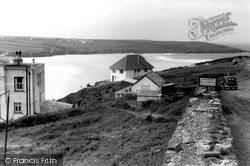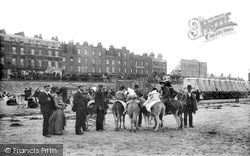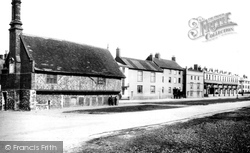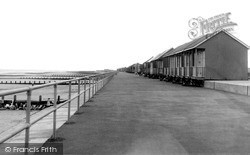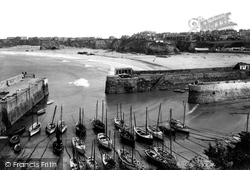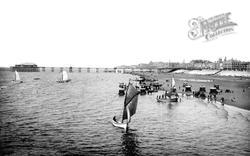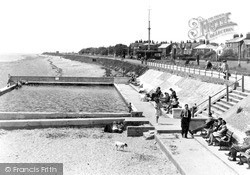Places
1 places found.
Those places high-lighted have photos. All locations may have maps, books and memories.
Photos
11 photos found. Showing results 261 to 11.
Maps
4 maps found.
Books
1 books found. Showing results 313 to 1.
Memories
1,362 memories found. Showing results 131 to 140.
Wartime Childhood In Tooting
Upper Tooting Road 1950 (ref: T201002) Year: 1943 Wartime Tooting The picture of Upper Tooting Rd showing the Mayfair Cinema, and on the left hand side of the street, the RACS shop (Royal Arsenal Co-Operative ...Read more
A memory of Tooting in 1943 by
Wartime Years In Llanarmon Yn Ial
Shortly after the outbreak of war, my Father who had a pet shop in Wallasey, evacuated the family to Llanarmon. We consisted of Dad, Mum, my brother Ray and myself. We moved into Rose Cottage in the ...Read more
A memory of Llanarmon-yn-Ial in 1940 by
Wartime Finchampsted Ridges And Fishers Copse... The Potties!
As a child in the late 1960s and early 70s I frequented the Ridges regularly. I was taken there for a walk one day by my parents and with my elderly neighbour Alex who was interested in ...Read more
A memory of Finchampstead by
Wartime Evacuation In 1944
I was placed in an orphanage on 13th October 1943 together with my elder brother Brian. My father had died on the infamous Siam (Thailand) Railway as a forced labour navvy. He was a regular soldier and had already ...Read more
A memory of Tairgwaith in 1944 by
Wartime
During the Second World War I lived in Beach Road in a flat on the premises of Lewis's factory. My father was the manager there. The factory usually made men's clothing for the Lewis's stores but during the war it made army uniforms. It ...Read more
A memory of Litherland in 1940 by
Warners
As a young child I can remember several holidays taken at the Warners holiday camp at Seaton. The serious business of 'motoring down to Devon' was never taken lightly, lunch was prepared the night before to be eaten at Stonehenge, where ...Read more
A memory of Seaton in 1965 by
Warm Summer Nights
What happy days and nights, beach parties at Hengistbury Head, can it really be 44 years ago that this magical place came into my life, it was to have a life-long thread connecting to me. Oh, what can one say - the thrill of ...Read more
A memory of Bournemouth in 1965 by
War Time In Send
In 1939 on the out break of the Second World War my father was sent to London aerodrome, from Cornwall, to repair bombers and fighter planes. I was born in Cornwall, 12 Dec 1940, and my mother wanting to be with her husband took me to ...Read more
A memory of Send in 1940 by
War Time Secret Work
During the second war my father Ronald Micheal Newell was moved from W.T.Henleys London office to Milton Court, Dorking. He told me that as an Electrical Estimator he was involved in working out the costs etc. for RADAR and ...Read more
A memory of Dorking in 1940 by
War Years
I remember, in what must have been June 1944, when myself and our neighbours the Brays were watching what seemed like an endless stream of lorries loaded with soldiers coming down the hill (High Road) and on to somewhere, with ...Read more
A memory of Great Tarpots in 1944 by
Captions
1,130 captions found. Showing results 313 to 336.
We are looking north-west across Towan Beach towards the harbour, one of the more sheltered on this exposed coast, built in the lee of Towan Head which protects it from the brunt of the ferocious Atlantic
A typical late Victorian beach scene, with donkey rides, a complete absence of skin exposed to the sun, and a photographer's equipment - a tripod and a cart for storing the glass plates - to the left of
Here we can see the busy beach scene complete with the 19th- century pier.
Here we can see the busy beach scene complete with the 19th-century pier.
A delightful evocative view of the 1950s showing, on the left, the beach in full use. Classic car enthusiasts will enjoy identifying the cars parked to the right of the quay.
It is a clear and sunny day, but very few people are on the beach. Felixstowe developed as a resort after the Empress of Germany stayed here in 1891.
Margate's famous Jubilee clock tower is prominent in this picture of the beach.
Built on the opposite side of the beach to the harbour in the mid 19th century, Hartland Terrace still has some of its original buildings despite the encroachment of hotels.
The characteristic mid-Victorian, family-orientated, open-air seaside culture, which offered a satisfaction of its own, and the town's secure, peaceful ambience is captured in this view of the beach.
The natural scenery of the Bournemouth coastline dictated the way the new town developed.
Fishing boats and pleasure boats crowd the harbour close under the pier, while holiday-makers throng the beach.
The cliff has a tendency to crumble, and has blocked the path to the beach several times in recent years. The white mass on the hillside in the distance is Clovelly.
The tide is well and truly out. In those days, the beach area would often be a hive of activity, including donkey rides, ice cream and sweet stalls, shell fish and oyster sellers.
Early visitors faced a long climb to Babbacombe after a day on the beaches, but in the 1920s a cliff railway - still in use today - was built, making the journey much easier.
Doubtless state-of-the-art in 1955, these flat-roofed terraced beach huts typify the immense popularity of the post-War summer seaside holiday and day trips, but have long been demolished.
Visitors to the great sandy beach at Perranporth can also explore the caves and arches in the cliffs on the west side at low tide.
Another view of the beach at Canvey Island shows children busily playing around the many deckchairs. Most of the older holidaymakers are well wrapped up against the cold.
Fern Pit, at the mouth of the Gannel, was owned by generations of Northeys, who also ran the ferry to Crantock, which is in the background on the other side of Crantock Beach.
Holidaymakers enjoy themselves on Margate Beach. Note the prams in the centre of the picture, and that virtually everyone seems to be fully clothed and wearing a hat of some sort.
Little more than a shingle beach protects the Moot Hall. Once it was centrally placed in the town, but the sea has carried away a number of streets, finally pausing here.
A tremendous visual change here is that there are now no breakwater defences along the beach. The bathing huts are still there, and so is the glorious sand.
Fishing boats, still all sailing craft at this date, are moored in the shelter of the two piers.
Sail boats and bathing machines dominate the beach area between the North Pier and the South Jetty. In the distance we get some idea of the development of this end of the town.
Charlie's Mast overlooks the boating pool, which seems to be the only form of children's entertainment left on the beach area. In its turn, the pool was removed as a health hazard during the 1980s.
Places (1)
Photos (11)
Memories (1362)
Books (1)
Maps (4)

